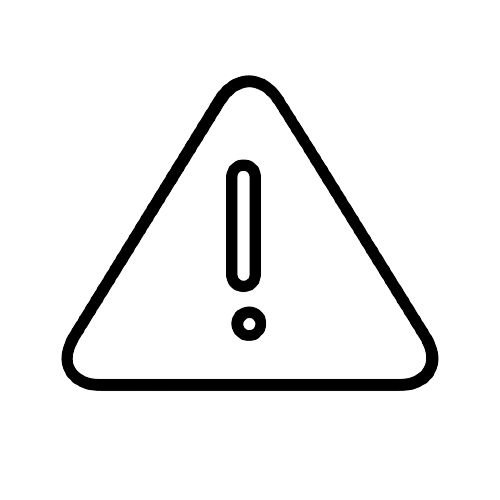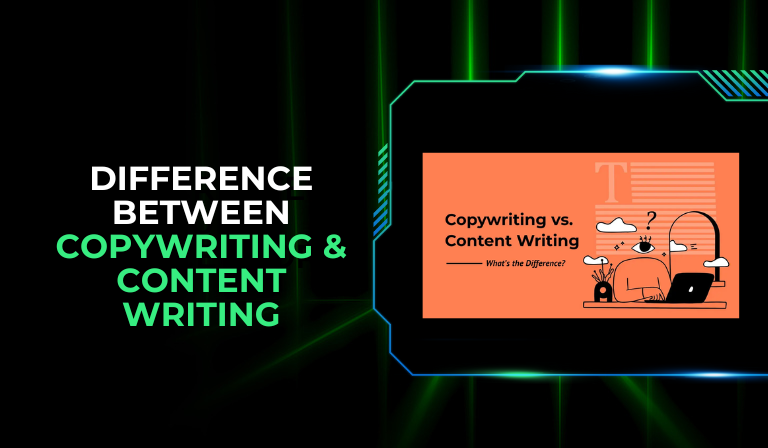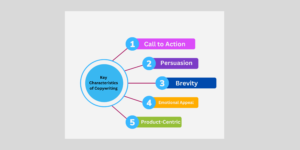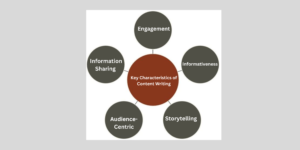Introduction
In the vast realm of content creation, two key players often steal the spotlight: Copywriting and Content Writing. These two terms frequently overlap, leaving many wondering about their exact differences. If you’ve ever found yourself pondering the Difference Between Copywriting and Content Writing, you’re in the right place.
This comprehensive guide will decode the unique attributes of both copywriting and content writing, helping you understand when and how to use each effectively. Additionally, we’ve included frequently asked questions (FAQs) to address common queries and provide you with a well-rounded understanding of these essential skills.
What is Copywriting?
Let’s begin by diving into the world of copywriting. At its core, copywriting is the craft of writing persuasive, concise, and compelling text with one primary objective: driving the reader to take action. This action can encompass a variety of outcomes, from making a purchase to subscribing to a service or even just clicking a specific link.
Key Characteristics of Copywriting
To truly grasp the essence of copywriting, it’s essential to explore its defining characteristics:
1. Call to Action (CTA)
In the world of copywriting, the call to action (CTA) is like a beacon guiding the reader toward a specific goal. Whether it’s “Buy Now,” “Subscribe Today,” or “Learn More,” the CTA is where the magic happens.
2. Persuasion
If copywriting were a realm, persuasion would be its reigning monarch. This form of writing relies heavily on persuasive language to convince readers that they need the product, service, or solution being presented.
3. Brevity
In the fast-paced digital age, brevity is king. Copywriting is typically short and to the point, designed to capture the reader’s attention swiftly.
4. Emotional Appeal
Emotions are powerful tools in the world of copywriting. Effective copy often aims to connect with the reader on a personal, emotional level, making them more likely to take the desired action.
5. Product-Centric
In the world of copywriting, the product or service is the star of the show. Copywriters showcase its benefits, features, and unique selling points with finesse.
What is Content Writing?
Now that we’ve delved into the intricacies of copywriting, let’s shift our focus to content writing. Content writing is a broader term encompassing various forms of written content, such as blog posts, articles, informative pieces, and even storytelling. The central goal of content writing is to educate, entertain, or inform the reader.
Key Characteristics of Content Writing
Content writing comes with its own set of distinct characteristics that set it apart:
1. Information Sharing
The primary aim of content writing is to provide valuable information to the reader. It addresses their questions, concerns, or curiosities, adding value to their lives.
2. Engagement
Engagement is at the heart of content writing. It strives to capture and retain the reader’s attention through the delivery of quality, well-researched content.
3. Informativeness
Content writing goes deep. It’s like peeling the layers of an onion, providing in-depth knowledge and analysis on a given topic.
4. Storytelling
Narrative elements often find a place in content writing. Stories and anecdotes make the content relatable and engaging, drawing the reader in.
5. Audience-Centric
In content writing, the reader’s needs are paramount. It focuses on offering solutions, insights, and entertainment to cater to the audience.
How Do They Differ?
With the foundations of copywriting and content writing in place, let’s explore the Difference Between Copywriting and Content Writing in more detail:
1. Purpose
Copywriting: The primary purpose of copywriting is to persuade the reader to take action, often leading to a sale or conversion. It’s about driving a specific response.
Content Writing: Content writing is about offering information, entertainment, or education. While it may have a purpose, it doesn’t always include a direct call to action.
2. Writing Style
Copywriting: The writing style in copywriting is concise and persuasive. Every word is carefully chosen to drive the desired action.
Content Writing: Content writing employs a more relaxed and conversational style, allowing for a deeper exploration of the subject.
3. Emotion and Information
Copywriting: Emotion plays a significant role in copywriting. It aims to connect with the reader’s feelings and desires, often tapping into their emotions.
Content Writing: Content writing focuses on conveying information. It may use facts, data, and analysis to educate or inform, appealing to the reader’s intellect.
4. Length
Copywriting: Copywriting is often short and attention-grabbing, designed to capture the reader’s attention quickly and efficiently.
Content Writing: Content varies in length, catering to the depth of information needed to convey the topic effectively.
5. Call to Action
Copywriting: Every piece of copy includes a clear and direct call to action. The CTA is the driving force behind copywriting.
Content Writing: Content may or may not include a call to action. Its primary purpose is to provide value to the reader, and a CTA is not always necessary.
When to Use Copywriting and Content Writing
Understanding when to deploy each form of writing is critical to effective communication and achieving your goals. Let’s explore scenarios where each shines.
Use Copywriting When:
- You want to drive a specific action, such as a purchase, sign-up, or click.
- You’re creating advertisements, sales pages, or email marketing campaigns.
- It’s crucial to capture the reader’s attention swiftly and motivate them to act.
Use Content Writing When:
- Providing valuable information, insights, or entertainment is your primary objective.
- You’re creating blog posts, articles, or comprehensive guides.
- Building brand authority and engaging your audience through informative content is your focus.
The Symbiotic Relationship
While copywriting and content writing serve different purposes, they often complement each other seamlessly in marketing strategies. This synergy can lead to a powerful content marketing strategy, where content writing attracts and engages the audience, and copywriting converts that engaged audience into customers.
Symbiotic Relationship
Conclusion
In conclusion, understanding the Difference Between Copywriting and Content Writing is pivotal in crafting effective written communication. While they have distinct purposes and characteristics, they can work together harmoniously to build a robust content marketing strategy. Whether you’re composing compelling copy or creating informative content, remember to adapt your approach to your specific goals and audience. Your choice between copywriting and content writing should always align with what you aim to achieve, ensuring your message reaches its intended audience effectively.
FAQs: Clarifying the Difference Between Copywriting and Content Writing
Q1. Is copywriting and content writing the same thing?
A1. No, they are not. Copywriting is focused on persuading the reader to take a specific action, such as making a purchase, while content writing aims to inform, educate, or entertain.
Q2. Can content writing include copywriting elements?
A2. Absolutely. Content writing can incorporate persuasive elements, but its primary goal remains to provide valuable information. For instance, a blog post might educate the reader while subtly encouraging them to explore a product.
Q3. Do I always need a call to action in copywriting?
A3. Yes, a call to action (CTA) is a fundamental component of copywriting. It guides the reader toward a specific action, making it more likely that they will take that action.
Q4. Can content writing be used for marketing?
A4. Certainly. Content marketing relies heavily on content writing to create valuable, engaging content that attracts and retains an audience. However, it can be enhanced with strategic copywriting for conversion.
Q5. What’s the ideal word count for copywriting and content writing?
A5. Copywriting is often shorter and more concise, typically ranging from a few words to a few hundred words. Content writing varies in length, depending on the topic and depth of information, and can range from a few hundred to several thousand words.
Q6. How do I choose between copywriting and content writing for my website?
A6. The choice depends on your goals. If you want to sell a product or service directly, opt for copywriting. If your aim is to engage and educate your audience, content writing is the way to go. You can also use a combination of both in your content strategy.
An avid blogger, dedicated to boosting brand presence, optimizing SEO, and delivering results in digital marketing. With a keen eye for trends, he’s committed to driving engagement and ROI in the ever-evolving digital landscape. Let’s connect and explore digital possibilities together.






